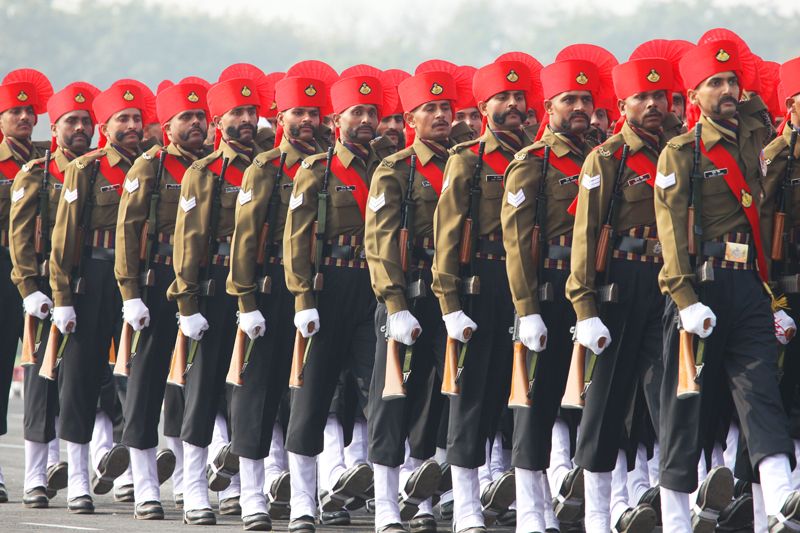[09] : Conflict in the context of Kshatriya Beingness
My very previous post in this series dealt with the issue of conflict as the necessary condition for the rise of warrior clans out of an infinite chaotic nature. And having come into existence they survive and progress on the back of the twin principles of competition and cooperation among its members. Without these twin principles no community can maintain a functional hierarchy and therefore it will collapse. If you remove the principle of cooperation, and keep only competition the members will kill each other. And if you remove competition and keep only cooperation all you get is a static stagnating hierarchy that leads to decay and collapse..thus it stands to reason that both these principles must coexist and hence they are called twin principles. This is the basic necessary precondition for any social game to take place.
The Kshatriya community is constituted by a network of clan and kinship based units that are called Rajput clans. Outside of this network there are no Rajputs. The Rajput community represents a unity in participation. And the interest of the community therefore is essentially the sum total of the interest of every clan in the unity. But the Beingness of the Kshatriya comes logically and chronologically prior to the rules of the social game driven by the twin principles. The proliferation of scenarios brought about by the forever functional twin principles make sense only against the background of this overarching identity or Beingness of the Rajput.
Such being the case, the act of conflict between two clans of Rajputs has to be seen as an act of competition, which doesn’t affect the Rajput Beingness of either. Since this is an act of competition- not very different from the competition between two Lions for the control of territory or the privileged access to the females in the group- it cannot be moralized. The battle of Halighati must be seen as the conflict between two competing trends/ models acquired by two different clans of Rajputs to ensure their respective survival and to maintain their Rajput Beingness. It was an act of competition between two Lions, each employing its own strategies to win. And hence it cannot be moralized and these actors cannot be put into the opposite categories of a hero and an anti-hero.
That no Rajput clan refused to have matrimonial relations with the Kacchawas of Amer including Rana’s own family after the battle is enough evidence to suggest that nobody in the Rajput community treated Kacchawas as evil or antihero after the battle.
The hero and anti-hero narrative is a much later Hindu moralising of the battle as taking place between the hero Rana Pratap and anti-hero Man Singh. When Rajputs believe in it they solely do it out of lethargy putting the Hindu sense of being in the foreground and Rajput sense of being in the background.

